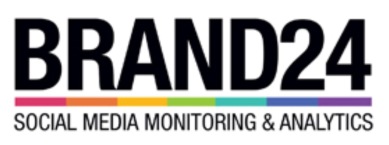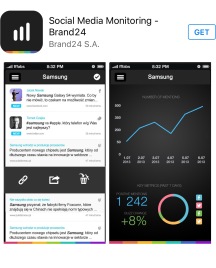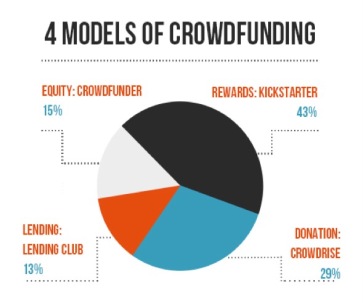As I mentioned in my About Me section, I really like to be a resource to help others and share knowledge that propels individuals and organizations to the next level. This blogging experience for IMC 619 – Emerging Media and The Market has inspired me to share some of the best blogging platforms available now, as well as tips on how start your own blog. I’ll include some key information on platforms such as Blogger (Google), WordPress, and Tumblr and as well as some pricing and feature comparisons to get you started. When I started my blog just a few weeks ago, I had the benefit of an already determined platform – WordPress and a great example of what to do and how to do it well from professor. I’ve included here a great article to walk you through the set up process and help you start off with a solid foundation.
It’s important to determine the type of blog you want to write and what you want to share and gain from the experience. Finding your niche and a willingness to be authentic are good starting points. Will this be just a hobby? Do you want to establish yourself as serious contender in the content marketing or business space? Will it be an extension of or connected to other social media platforms and a website? A springboard to greater opportunities? Once you’ve made these key determinations, you’re well on your way.
Now that you’ve decided that you want to be a real blogger and you’ve chosen key details such as your platform, domain name, blog focus, you’ll need to build a schedule using a tool such as CoSchedule or a good old DIY Excel sheet for your content writing. If it is a visual/creative blog – you’ll need to earmark time for creative concept building, photography and or video creation. Building your creative muscle is important, because some days the ideas won’t flow as freely as the day before. You’ll need some techniques to push through and create ‘out of thin air’. Next up you’ll want to utilize your platforms analytics capabilities or if you have an owned site that you develop, look at options such as Google Analytics. Lastly, you’ll want to create a visually-appealing aesthetic, provide consistent posts so that you can build a following, and an easy to navigate site that people want to visit often. Here’s a few template suggestions to get you started. Good luck and please leave me comment with your new blog link and tell me how it’s going!






 Quite a bit has been written about the emerging media that is Periscope and how it can successfully be used. From articles that give check lists such as
Quite a bit has been written about the emerging media that is Periscope and how it can successfully be used. From articles that give check lists such as